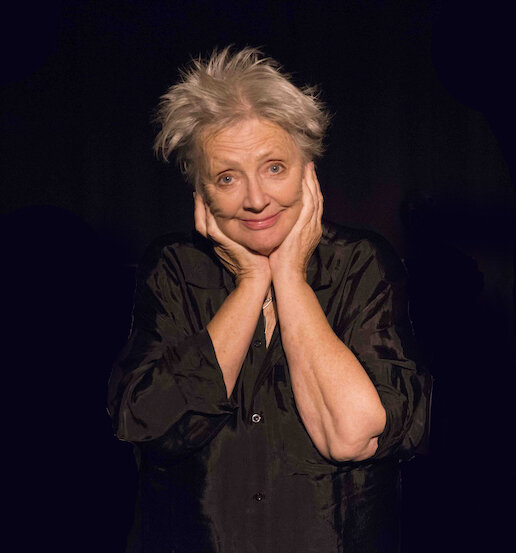Table of Contents
Prologue, Why Me?
Cheltenham, Melbourne, 1902
Brighton Beach, England, 1860
The West Pier, Brighton, 1869
A Visit, The Steine, 1869
Friendship, Brighton, 1871
Lovers, Brighton, 1874-1875
The Challenge, Brighton, 1875
Harriet Elphinstone Dick, Brighton, 1875
Leaving Home, Brighton to Gravesend
Arriving, Melbourne, 1876
A Home, Carlton, 1876
Swimming, St Kilda, 1876
Christmas Dinner, Carlton, 1876
The Challenge, St Kilda, 1877
A Return Visit to England, 1878-1879
The Ladies Gymnasium, Melbourne, 1879
Consolidation, Melbourne 1879-1880s
Notoriety, Melbourne, 1882-1884
The Tasmanian Connection Begins, Melbourne, 1881
Watershed Moment, The Call of the Wild, 1884
A Tree Change, Beaconsfield, 1883-84
Tuesday Evening, April Fools Day, 1884
The Train Wreck, Werribee, 1884
Abbotsford, Thursday, 3rd April 1884
The Steyne, Beaconsfield, 1883-87
On the Road, Beaconsfield, 1886
Under Pressure, Beaconsfield, 1886
An Imagined Summer, Beaconsfield, 1887
Alice’s Dream, Beaconsfield, 1887
Alice Changes Direction, Melbourne, 1888
Alice’s Restaurant, Melbourne, 1888
Love Ends, Melbourne, 1889
Goodbye Melbourne, Hello Sydney, 1890
Harriet’s New Gymnasium, Sydney, 1893
Afternoon Tea at Quong Tart’s Tearooms, Sydney, 1893
Meeting John McGarvie Smith, Sydney, February 1894
To Please a Man? Woollahra, 1894
This Man Is the Very Devil. Sydney, 1894
The Worst News in The World, Double Bay, 21 April 1894
The Funeral, South Head Cemetery, 23 April 1894
The Will, Double Bay, June 1894
Revenge, ‘Lurlie’, July 1894
Alone, Sydney, 1894
Return, Melbourne, 1898-1902
Endnotes
Afterword - Who was John McGarvie Smith?
And what was his connection to the Anthrax vaccine?
Endnotes to Afterword
Reviews
Actor and comedian Sue Ingleton's "imagined" biography - there are few primary sources to draw on - reads like a hybrid of speculative biography, novel and a kind of turn-of-the-century piece of theatre, the author narrating their tale both to readers and an imagined audience. It's entertaining, informative and would make fun theatre. But serious themes are also addressed - the rise of early feminism - and there's a sting in the tale: Alice dying suddenly in suspicious circumstances at the age of 37, after the couple had split.
—Cameron Woodhead, SMH / The Age
Sue’s immersion in story-telling from every perspective, as actor, director, writer has transformed an historical footnote into a wonderfully vivid book: Making Trouble: Tongued with Fire – an imagined history of the two women. Drawing on fact and years of research, as well as her very pronounced and sometimes pretty whacky instinct, Sue has been able to transform the findings of her obsessive sleuthing: official records, newspaper clippings, odd photographs and so on, into a narrative filled with great dialogue and vibrant scenes that one can picture effortlessly through her vivacious command of language and very skilled understanding of how to hold an audience – or reader – captive. With her customary wit, a beguilingly fluent historical literary style, a great command of description and an ability to free fact into fully winged fancy, I think Sue has probably come closer to the truth of these women than she could ever prove. By incorporating the sensibilities of the time they lived, with their imagined individual yearnings, triumphs, flaws, indiscretions and powerful convictions, they become three dimensional protagonists who carry the past to us. And it helps that Sue –unlike many male historians – is unafraid to draw down on her own her own experience and sensibility, and her femininity, to make them live. If it weren’t for this unconventional freedom, Harriet and Alice would remain footnotes. Sometimes it takes an imagination to free history and invigorate it for the present. But such a tactic is courageous. Luckily, Sue is brave in everything she tackles.
—Joanna Murray-Smith, playwright, Launch
FOUR STARS. I was fascinated by this story of two little known women who made such great inroads into women’s health and fitness and also women’s rights in Australia. The author narrates the story more like a fictional tale than a biography bringing the reader right into the home, and daily life, of these women. ...Recommended for anyone who is interested in learning more about the women who pioneered our health and fitness regime and pushed for women’s rights. Read the full review here.
—Veronica Joy, The Burgeoning Bookshelf






